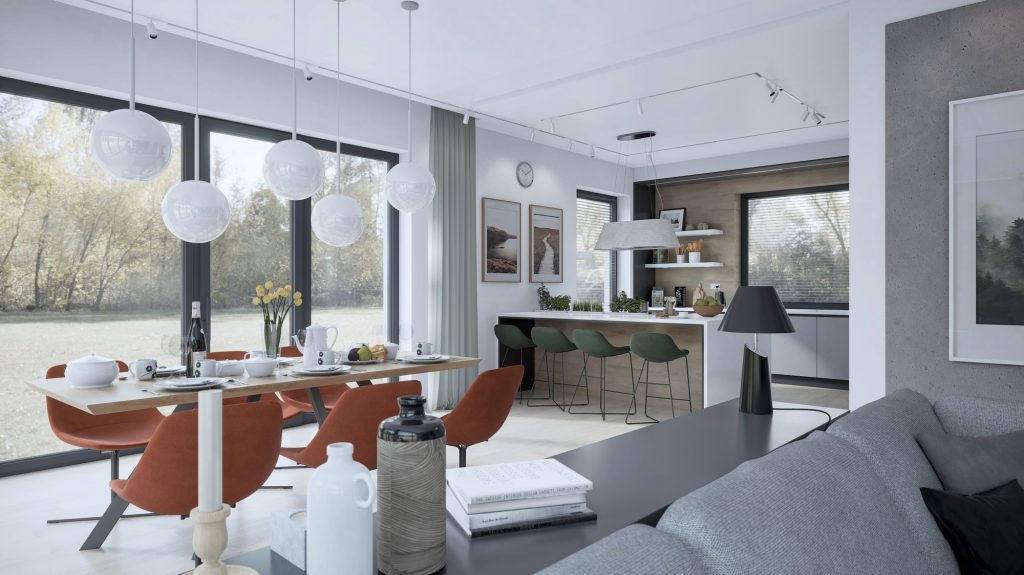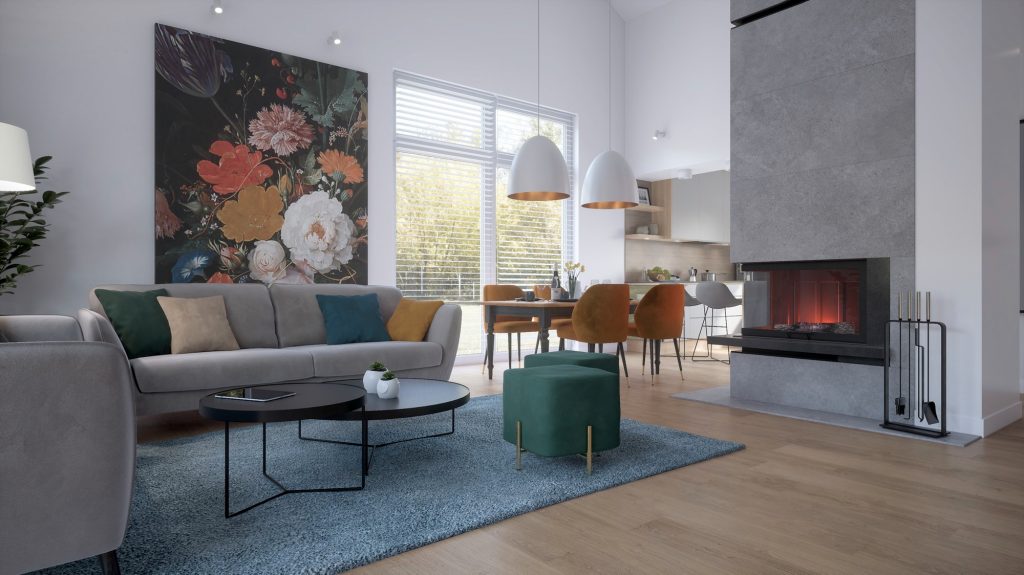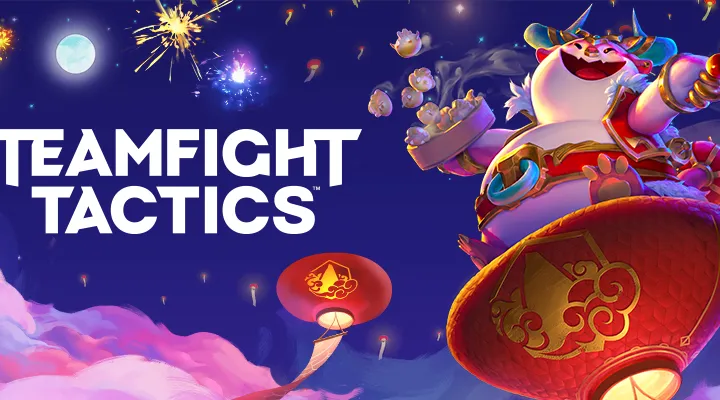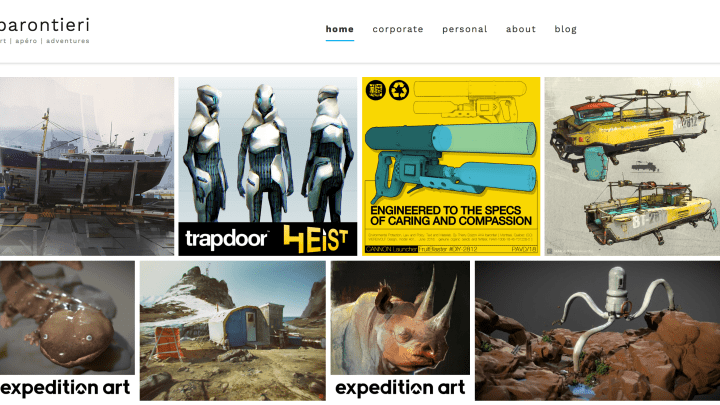Unreal Journey: Architectural Visualization
 3D technology has made a huge impact in the AEC industry in the past 10 years causing a growing demand for architectural visualization and 3D walkthrough animation. Meanwhile, Interactive 3D software like Unreal Engine is making it easier and faster for artists to create photorealistic visuals rendered in real-time.
3D technology has made a huge impact in the AEC industry in the past 10 years causing a growing demand for architectural visualization and 3D walkthrough animation. Meanwhile, Interactive 3D software like Unreal Engine is making it easier and faster for artists to create photorealistic visuals rendered in real-time.
ArtStation and Unreal Engine have put together the Unreal Journey series to educate aspiring artists on the exciting career opportunities in 3D. Dream of visualizing the buildings of the future? Read on to learn more about pursuing a career in architectural visualization.
The Job
As a visualization specialist in architecture, engineering, or construction, your role is to communicate the designer’s vision using everything from drawings to interactive 3D.
You will work closely with design teams, interpreting architectural designs, and translating CAD data into 3D models. You will need a good eye for design, 3D modeling skills, and the imagination to go from a 2D render to XR.
Education
Architecture, engineering, or construction visualization specialists may be graduates of architecture or industrial design programs, come from a drafting, games, or animation background, or be learning new technology.
Conceptual knowledge
- Elements and principles of design
- Real-world lighting
- Visual Storytelling
- Composition
- 3D Modeling
Read more in the Creator’s Field Guide >
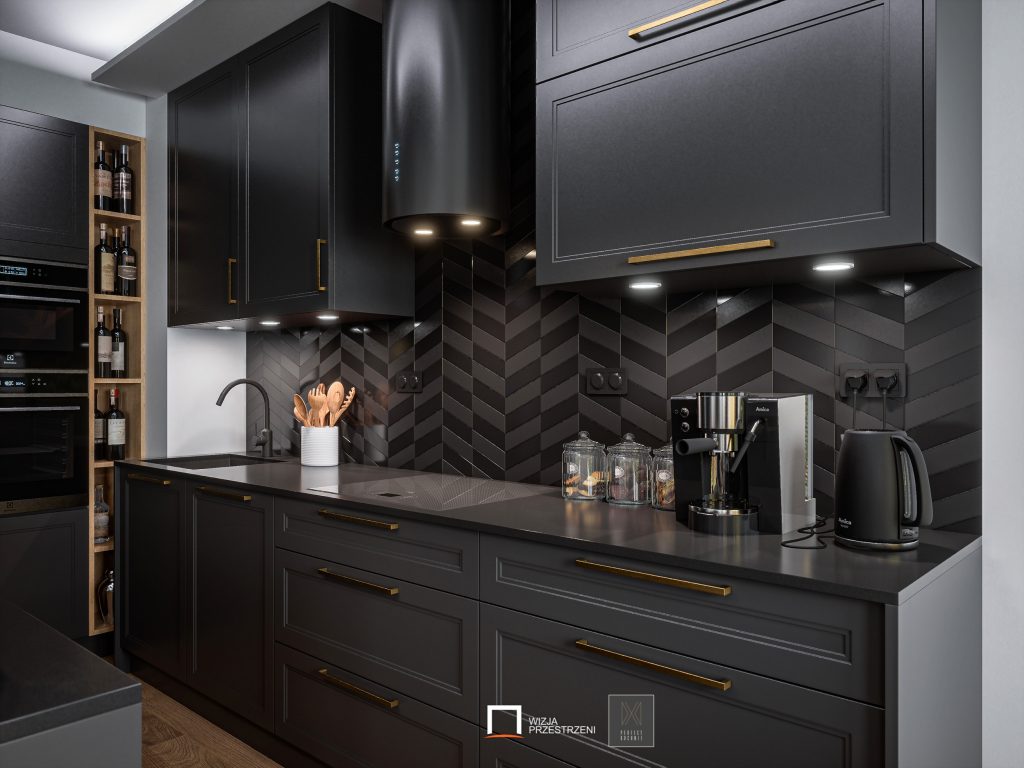 Unreal Success Story: Tomasz Muszyński
Unreal Success Story: Tomasz Muszyński
Tomasz Muszyński is an Arch Viz artist based in Poland who specializes in creating contemporary home interiors in Unreal Engine. He first began pursuing architectural visualization when his wife, who works as an architect, needed interior design visualizations for her projects.
“We started in 2011 with Intericad, which was quite a primitive solution compared to Blender or UE4 for example nowadays. Unreal Engine is now my main rendering path. I think many new artists will start their 3D CGI education and career with these free and powerful tools based on their low cost of entry point and functionality potential. My current work in UE4 allows me to create work not only for Arch Viz but also for VR for product presentation or MixedReality Scenes for commercials.
UE has some very interesting advantages. The overall rendering process is much faster than using an off-line path-tracer especially when you need to make many different camera shots. Currently, I am able to achieve a quality that is similar to V-Ray output using my mysterious magic tricks! But with UE, you can create interactive applications for your client on desktop, mobile, or VR. Working with this game engine gives you more opportunities to be creative than rendering with a path-tracer.”
A Day in the Life
As most jobs in architectural visualization are on a per-contract basis with construction companies, the amount and type of work for a freelancer or artist working at a small firm can greatly vary.
“There is no typical day for me. Everything depends on the tasks or jobs that I have to do. Sometimes I have to work for even 14-16h a day and sometimes my weekends expand a lot! Everyone has to find their own regime of work. You can work as a sprinter with quite short and very exhaustive effort or like a marathon runner when your work and rest time are quite even. I like this first type of working: intensive work, intensive rest, intensive study. But not mixed. It is better for me to stay organized. I use notes and make a plan of work that keeps me focused on every single part of the task.”
Check out more ArchViz Case Studies with Unreal Engine >
What To Show in Your Portfolio
A portfolio for the architecture or construction industries need to show realistic renderings of buildings interiors and/or exteriors. It is especially important to pay attention to proportions, lighting and look at photos for reference. The closer to photorealism you can get in your renders, the better.
“The most important skill that you can demonstrate in renders is realism, especially through scene lighting and materials.”
Set up your ArtStation portfolio >
First Steps
According to Muszyński, the best way to start is to learn until you get your work to an industry standard and start building a portfolio that you can show clients. He says that while a degree may have helped you developed your skill, having a diploma alone will not show prospective clients your ability or talent.
Watch Creating ArchViz in Unreal Engine with Wessel Huizenga >
“The first steps are always learning. Read documents, watch tutorials, and do some online studying. You always have to learn and develop your own skills and tools. To find a job, you need to show the world your skills and demonstrate them in your work. That is why I put my work on ArtStation – to show my level of skill.
The crucial thing is to be very diligent and never give up. What is most important for your employer are your skills and ability to taking up challenges. Be reliable and do not drop a task even if you need to increase your knowledge to complete that task.”
Pro Tip
“Never give up yourself and stay focused on the goal. Do not be afraid of problems because they’re very helpful in becoming a master in every field of life. Problems drive you to find solution and finding a way to a solution gives you a knowledge. Knowledge is everything.”
Want to be inspired and find more Unreal artwork?
Get Started
Creator’s Field Guide to Emerging Careers in Interactive 3D
Creating ArchViz in Unreal Engine on ArtStation Learning
Discover the Architectural Visualization Channel


